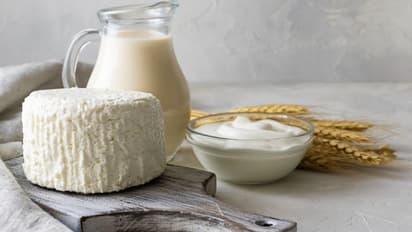Here are 7 easy steps to make healthy curd at home
Published : Jul 18, 2023, 07:04 PM IST
Can't you get thick curd to set? Is it still watery and lacks the desired texture? Here are some instructions for setting properly thick curd at home. The curd will typically not have the proper consistency if the temperature is not set correctly.
Explore the latest Lifestyle News covering fashion, wellness, travel, Food and Recipes, and more. Stay updated with trending Health News, fitness tips, and expert insights to inspire your daily living. Discover personalized lifestyle trends that keep you stylish and informed. Download the Asianet News Official App from the Android Play Store and iPhone App Store for everything that adds value to your everyday life.
